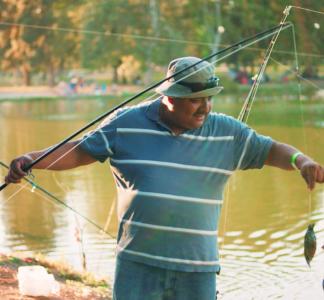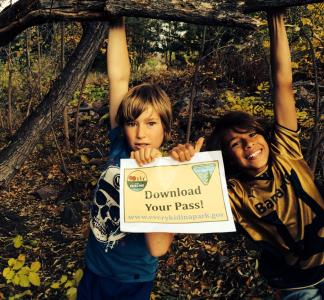Trailblazing LA parks director speaks to the importance of parks during COVID-19
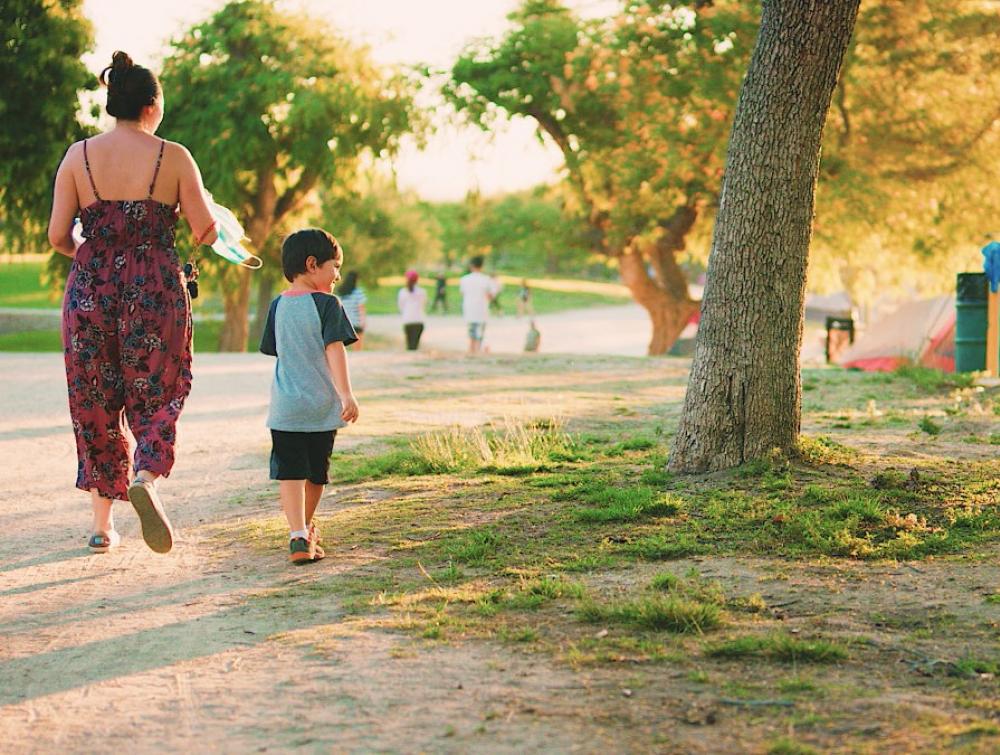
A mother and child participate in a regional camping program
LA County Department of Parks and Recreation
A conversation with Los Angeles County Parks and Recreation Director, Norma Edith García-Gonzalez
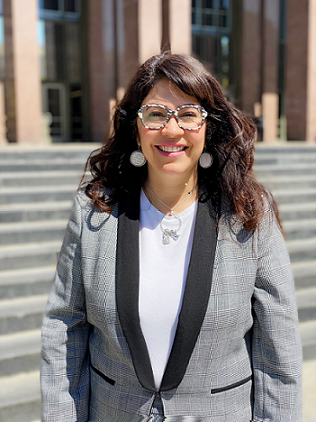 By Yvette Lopez-Ledesma and Andrea Alday
By Yvette Lopez-Ledesma and Andrea Alday
For the first time in its 76-year history, the Los Angeles Department of Parks and Recreation and County Regional Parks and Open Space District have a woman and person of color at the helm. Norma Edith García-Gonzalez was appointed director overseeing the massive agencies on July 7, 2020. García-Gonzalez began working in Parks and Recreation while still in college and later gained professional experience as a planner working on regional and affordable housing issues. She says she’s honored to be the first Latina to serve as the director, but realizes the path to leadership for people of color isn’t easy and there is still much work to be done breaking down barriers.
García-Gonzalez: As a rookie department director, I still think, ‘How did I get here? That’s an important question for me to answer because I have to make sure that path is available to others as well. Not to have a Black person or a Latino or Asian Pacific Islander or woman in this position, I think back and wonder, how could it have taken so long? I’ve had wonderful mentors that have given me opportunities and have opened the doors for me, and I credit them for my growth in this profession.”
The timing of her historic appointment meant García-Gonzalez had to face an immediate series of crises, in a world reshaped by COVID-19.
Being a director during this time, I spend a considerable amount of time supporting the frontline staff. We have over 2,400 employees, and from day one of the Safer at Home order, our front line staff have never stopped working.
With state parks, schools, gyms, and indoor recreation sites shuttered as part of the county’s effort to contain COVID-19, walking in your own neighborhood or visiting a local park or trail suddenly became the only outdoor relief for an estimated ten million people in Los Angeles County. Parks and Recreation staff found themselves at the center of multiple pandemic relief efforts. If you think Parks and Rec departments maintain playground equipment and make sure locals have a safe place to shoot hoops, you’re right. But in LA County, they also oversee more than 210 miles of trails, 5 equestrian centers, 14 lakes, 475 sports facilities, 42 swimming pools, 15 wildlife sanctuaries, 10 nature centers, the largest municipal golf system in the nation, botanical gardens, the county Arboretum, and the Hollywood Bowl and Ford Theater. Then there are 183 outdoor sites, from tiny pocket parks to larger regional parks. Aside from providing a place to play or relax, these public spaces serve as staging grounds for critical services and provide an outdoor lifeline for those staying home to protect themselves and their communities from the spread of COVID-19.
If I had a magic wand, I would absolutely build parks. Every child in Los Angeles County would be able to walk to a park in their own neighborhood.
We’ve had to do a lot of pivoting, a lot of innovation. For example, we provided 1,700 slots in our day camps for children whose parents are essential workers, and we provided scholarships for our grounds maintenance workers, custodians, restaurant workers who are not teleworking and need a safe space for their children. We are also providing homeless shelters at our parks, food banks twice a week.
García-Gonzalez is committed to keeping services available for the most vulnerable in this time of crisis. That includes providing air-conditioned indoor space during hot summer days and snack programs to youth 18 years and under. LA County Parks have also become staging grounds for everything from emergency crews battling wildfires to COVID-19 test sites to Voting Centers in the coming election.
“People know parks. People trust parks. We’re providing really essential services that are critical to our communities.”
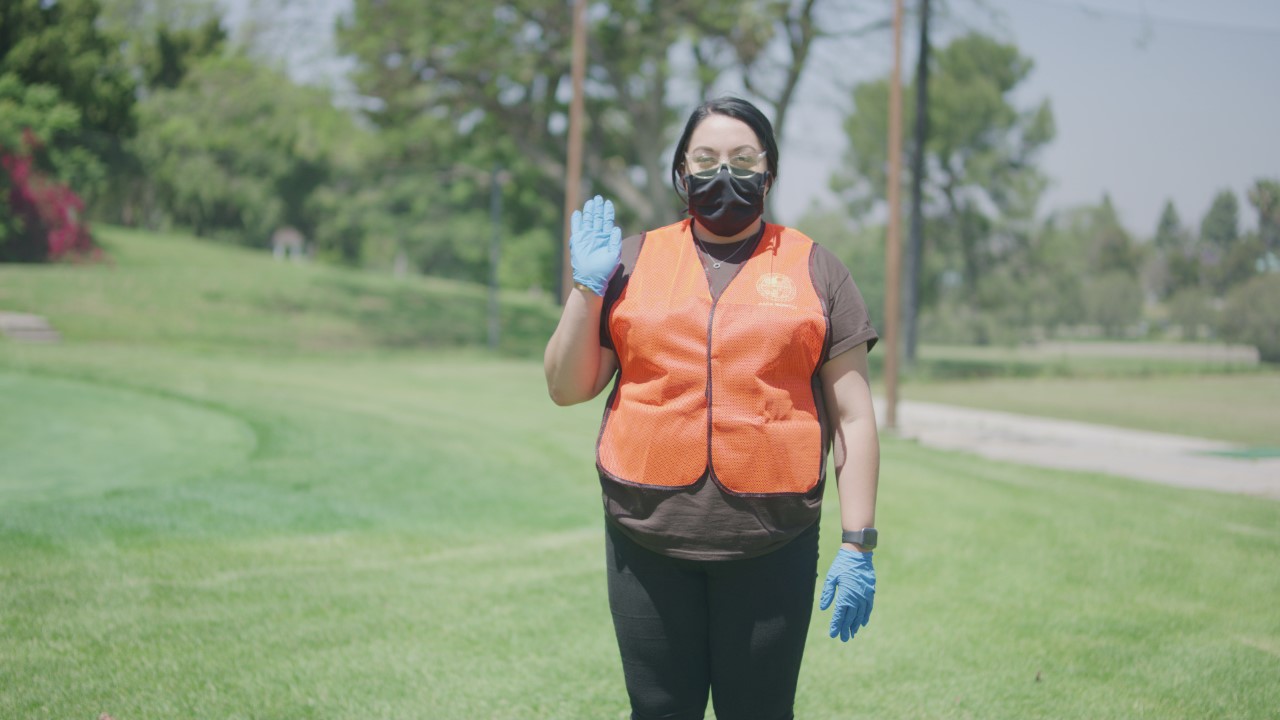 To keep people safe while visiting LA County’s network of trails, the department has turned to smart technology - providing real-time information about crowding at trailheads and setting up a reservation system for the most popular sites. Some locations even have “ambassadors” assigned to encourage mask compliance, social distancing and provide information to visitors. But with record numbers of visitors to parks and trails, it’s no easy task to keep outdoor resources open and safe - especially when parks and recreation directors across the country are facing shrinking budgets. García-Gonzalez must get things done despite a $23 million budget cut.
To keep people safe while visiting LA County’s network of trails, the department has turned to smart technology - providing real-time information about crowding at trailheads and setting up a reservation system for the most popular sites. Some locations even have “ambassadors” assigned to encourage mask compliance, social distancing and provide information to visitors. But with record numbers of visitors to parks and trails, it’s no easy task to keep outdoor resources open and safe - especially when parks and recreation directors across the country are facing shrinking budgets. García-Gonzalez must get things done despite a $23 million budget cut.
We have to be very thoughtful about our resources, but we can’t let that paralyze us from thinking about that profound equity work that needs to happen in Los Angeles County.
García-Gonzalez is particularly proud of an innovative program that allows families to experience camping, even if they don’t have the resources for a long road trip or they’re unable to afford expensive camping gear.
We’ve opened five regional parks and non-traditional camping sites; making it easy and very affordable. We had close to 5,000 Los Angeles County residents this last Friday camping.
Her Department also partners with the state to disinfect and lend camping gear to participants, and the program, particularly in South Los Angeles, has drawn a good number of first-time campers. She sees it as a gateway to experiencing nature, and an extension of the work the Wilderness Society is doing to help provide outdoor access to all.
“It’s affordable; it’s in their own community.”
García-Gonzalez remembers what it’s like to be a child enjoying a favorite park. She recalls visiting a place known as Marrano Beach, part of what is now called Whittier Narrows. This was an oasis where Mexican American families in Los Angeles could escape.
“People used to treat this as a swimming pool. My fondest memories are going as a family and spending Sundays there, eating delicious food from the vendors and playing with tadpoles. Having that experience for me opened up a beautiful love affair with parks, habitat and our environment.”
García-Gonzalez is determined to keep the promise to build new parks and bring services to Black and Brown communities in Los Angeles, and to support the most vulnerable residents suffering the worst impacts of the COVID-19 pandemic. Despite the immense challenges ahead, she remains optimistic. People are waking up to the importance of parks. García-Gonzalez says you can see it in the success of funding measures at the ballot box and in the halls of Congress.
When you’re creating a small park in an urban area, you’re really talking about millions of dollars, jobs and green infrastructure in investment. That is very difficult to come out of a general fund budget for cities and the county… especially when we’re struggling to provide basic community services. But now, with the passage of Measure A, then you’ve got LWCF and Proposition 68 – we have three funding sources that are dedicated and available in Los Angeles County to build parks. That is almost the perfect alignment of federal, state and local dollars. You don’t see that very often. This is significant to move our equity-based agenda and build parks in the most vulnerable park-poor communities.
We asked García-Gonzalez to imagine she could set aside the complexities of partnering across multiple government agencies, accessing funding streams and protecting hard-working staff. If she could magically achieve a goal overnight – what would it be?
If I had a magic wand, I would absolutely build parks. Every child in Los Angeles County would be able to walk to a park in their own neighborhood. Dilapidated infrastructure would be renovated and lastly, in those parks, all children and families would be able to have an experience with nature.”
COVID-19 highlights why the conservation movement must support park equity
Lorenzo Sandoval, Guppies Fishing Adventures
Applause for grants to build, improve parks in urban areas
BLM Colorado, Flickr
New study maps transit-to-parks equity; shows south King County has greatest need and opportunity
Bob Wick
